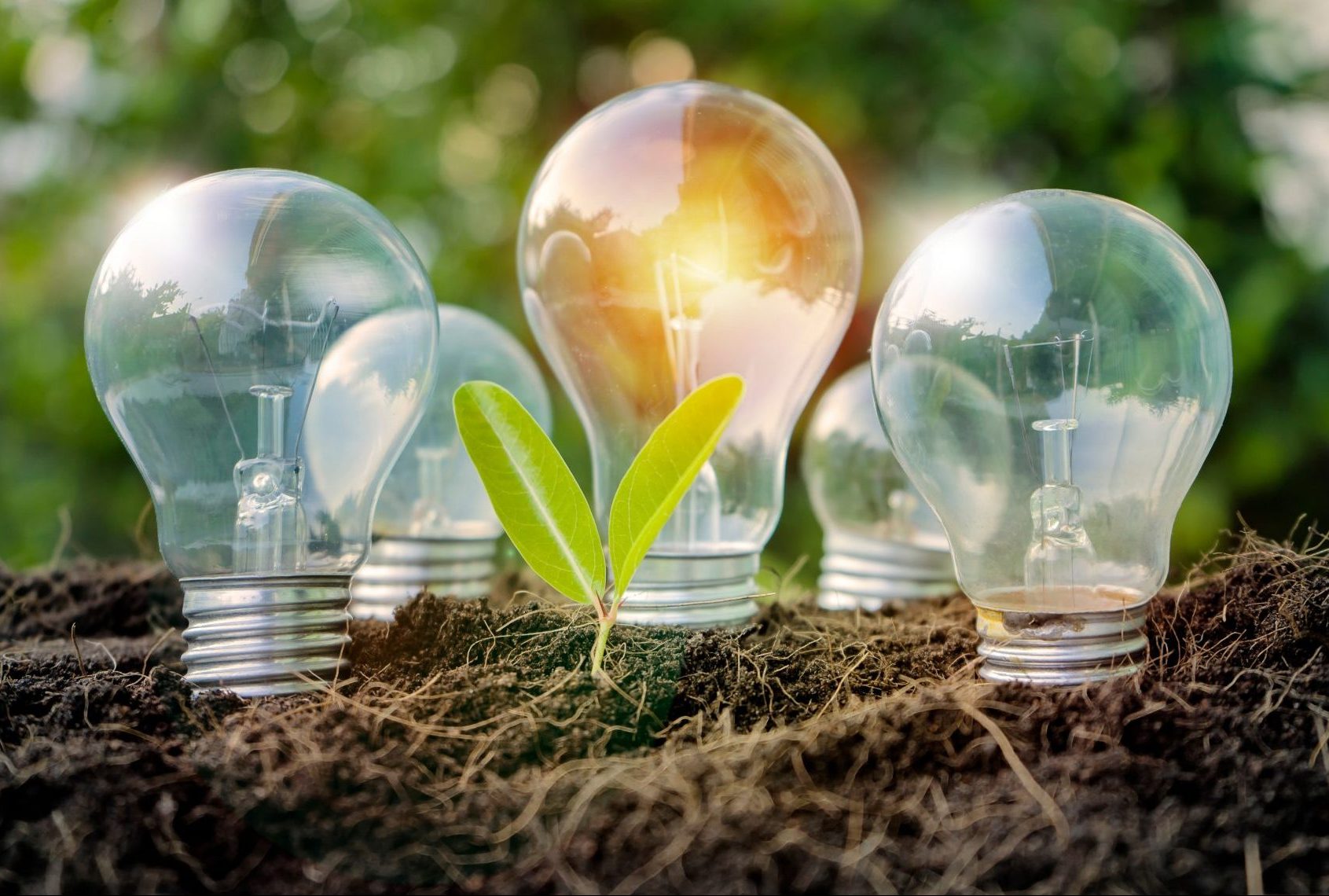Difference between clean and renewable energies

Although they have often been used as synonyms, it should be noted that clean energies and renewable energies are not the same thing. Renewable energies are those that come from natural resources, which regenerate continuously and faster than we consume them. Unlike clean energies, which are those that, regardless of their type of source, do not pollute.
Although most renewable energies are non-polluting, there are some types that do have an impact on the environment during their production or use. One example is biomass, which comes from organic waste and is therefore inexhaustible, but when burned emits greenhouse gases such as carbon dioxide (CO2) or nitrogen oxide (NO2).
Meanwhile, clean energies, also called “green energies“, are those that in their production and consumption do not emit any pollutant or have a negative impact on the environment. Most of them are renewable, although they may not be, as in the case of natural gas, which, although it generates little waste, is a limited resource.
As for non-renewable energies, they are obtained mainly from two types of fuels:
Fossil fuels: oil, coal and natural gas take millions of years to form and their depletion is expected in the medium term due to their overexploitation in recent years. In addition, the burning of oil and coal generates large amounts of CO2.
Nuclear energy: is obtained from uranium, a resource that is limited and its production emits radioactivity that takes thousands of years to dissipate and, in the event of an accident, the human and environmental consequences are catastrophic.
Although this type of energy is still widely used, there is an increasing commitment by nations to limit its consumption.

A world with clean energy
Different opinions exist regarding the causes of climate change: Some experts state that temperature increases are a normal part of the Earth’s cycle, whilst others interpret this phenomenon as man’s doing.
Betting on clean and renewable energies
As we can see, there are some types of renewable and clean energies, which are the best alternative to fossil fuels and nuclear energy. Among these types of energy are
- Solar energy: which has an important incidence in the development of electric self-consumption. It is divided into two types:
- Photovoltaic energy: obtained through solar panels that transform solar energy into electricity.
- Thermal Energy: solar panels convert the sun’s energy into thermal energy, which is used for heating or hot water.
- Wind energy: obtained through windmills that generate electric energy when driven by the wind.
- Geothermal energy: uses heat from the Earth’s interior to produce thermal energy.
- Hydropower: uses the force of water by means of hydraulic turbines.
- Marine energy: can be obtained through the force of the tides (tidal) or through the force of the waves (wave).
These energies, besides being inexhaustible and contributing to efforts against climate change, have the advantage that they do not pose risks to human health, provide energy independence to countries and are increasingly competitive, which is attractive to new investors.
Related news
-

Advantages of distributed energy networks
The generation of small-scale electricity through distributed energy networks has a profound positive environmental impact. A total change of paradigm in the generation of electrical energy with respect to the traditional, centralized, and costly model.
-

















